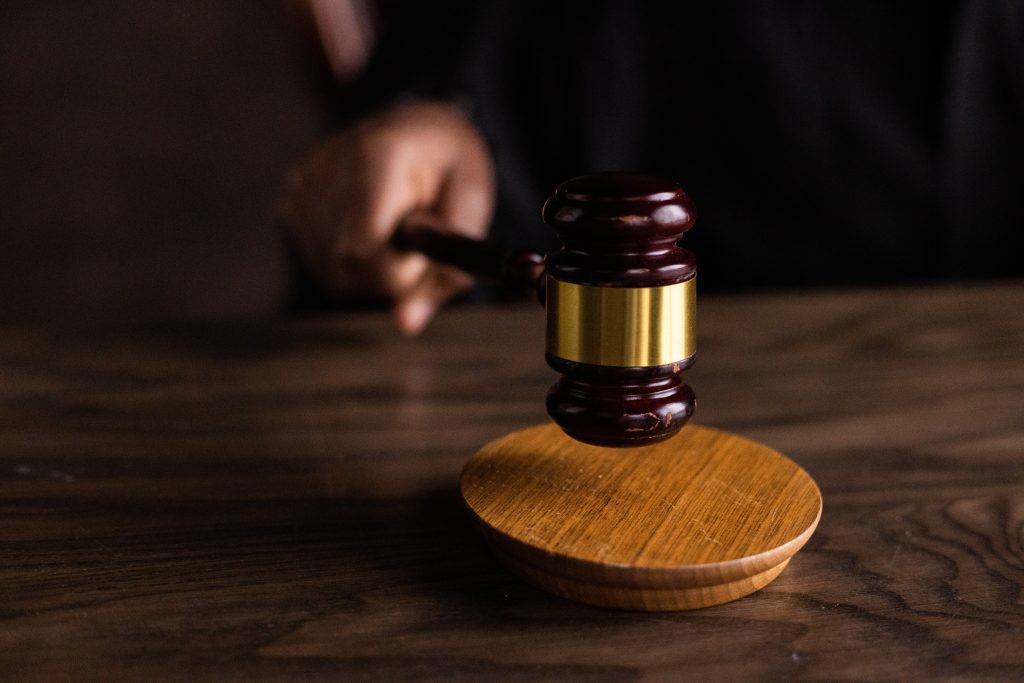
A Lawyer’s Guide to Medical Records
As a lawyer, obtaining and understanding medical records is an essential part of many legal cases. This includes personal injury claims, medical malpractice lawsuits, and disability claims.
Medical records are used to establish the nature and extent of an injury or illness. They can also be used to document medical treatment and expenses and support the arguments made in court.
In this article, you will find a lawyer’s guide to medical records. We will provide a guide for lawyers on how to obtain, interpret, and use medical records in their cases.
Lawyer’s Guide to Medical Records
1. Obtaining Medical Records
The first step in obtaining medical records is to get written authorization from the client. The authorization should be specific. It should include the name of the healthcare provider, the dates of treatment, and the reason for the request. The authorization should also follow state and federal laws governing the release of medical information, such as HIPAA.
Once the lawyer obtains authorization, they should send a request for the medical records to the healthcare provider. The request should be specific. It should include the name of the patient, the dates of treatment, the reason for the request, and the authorization signed by the patient.
It is also helpful to include a cover letter explaining the purpose of the request. We recommend providing contact information in case the healthcare provider has any questions.
The healthcare provider may charge a fee for copying and sending the medical records. The lawyer should prepare to pay the fee or negotiate a reduced rate with the provider, depending on their budget.
2. Interpreting Medical Records
Medical records can be difficult to read and understand, especially for lawyers who do not have a medical background. Yet, it is essential to interpret the medical records to ensure that the lawyer presents the case correctly in court.
The first step in interpreting medical records is to organize them chronologically. This will allow the lawyer to see the progression of the patient’s treatment. Moreover, he can also identify any gaps or inconsistencies in their medical history.
Next, the lawyer should review the medical records carefully. They should pay special attention to key details such as the patient’s symptoms, diagnoses, and treatment. The lawyer should also look for any errors or omissions in the medical records, such as missing test results or incorrect dates.
Finally, the lawyer should consult medical experts to help interpret the medical records. Medical experts can provide valuable insight into the nature and extent of the injury or illness. They can also determine the standard of care that the healthcare provider has provided.
3. Using Medical Records in Court

A lawyer uses medical records in court to support his arguments. For example, in a personal injury case, medical records can be used to establish the extent of the injury. They can also be used to document the required medical treatment and show the impact of the injury on the client’s life.
In a medical malpractice case, medical records can establish the standard of care that the healthcare provider has provided. They can also prove how the provider’s actions fell short of that standard, resulting in harm to the patient.
In a disability claim, medical records show the nature and extent of the disability. They also help document the required treatment and demonstrate the impact of the disability on the client’s ability to work.
When using medical records in court, it is important to present them in a clear and organized manner. The lawyer should highlight key information, such as diagnoses and treatment. They should also use charts and diagrams to illustrate the progression of the patient’s treatment. The lawyer should also explain the medical terminology and concepts to the judge and jury.
4. Protecting Medical Records
Medical records contain sensitive and confidential information. Hence, protecting them from unauthorized disclosure is important. Lawyers should take steps to ensure that medical records are confidential and secure, including:
- Storing medical records in a secure location, such as a locked file cabinet or password-protected electronic file
- Limiting access to medical records to those who need to know, such as the legal team working on the case
- Keeping all copies of medical records in a secure location, such as a locked file cabinet. Moreover, electronic copies should be protected by a password and stored on secure servers.
By taking these steps, lawyers can help ensure that sensitive medical information remains confidential and secure.
Special Steps Lawyers Should Take
Along with the steps outlined in the previous sections, there are a few other key considerations for lawyers when it comes to medical records.
One important consideration is the need to obtain complete medical records. Lawyers should ensure that they have obtained all relevant medical records related to the case. This includes records from all healthcare providers who have treated the patient. In some cases, it may be necessary to obtain records from multiple healthcare providers, such as primary care physicians, specialists, and hospitals.
Another consideration is the need to ensure the accuracy of the medical records. Lawyers should carefully review medical records to ensure they are complete and accurate. If there are any errors or omissions in the medical records, the lawyer should take steps to correct them. This means requesting extra records or contacting the healthcare provider.
Finally, it is important for lawyers to understand the limitations of medical records. Medical records can definitely provide valuable information about a patient’s condition and treatment. However, they may not always provide a complete picture of the patient’s experience.
For example, a patient may have experienced significant pain or emotional distress that is not reflected in the medical records. In this case, lawyers should supplement the medical records with other evidence. This includes witness testimony or expert opinions. This will help provide a complete and accurate picture of the patient’s experience.
Conclusion
In summary, obtaining, interpreting, and using medical records is an important part of many legal cases.
By following the steps outlined in this lawyer’s guide to medical records, lawyers can ensure they obtain complete and accurate medical records. Moreover, they should protect patient confidentiality and present a strong case in court.
